As hundreds of American troops hastily withdrew from bases in northeastern Syrian late last month on orders from U.S. President Donald Trump, Russian military police almost immediately took over these installations on behalf of Russia’s chief ally in the Middle East, Syria.
Shortly afterwards, Russian and Turkish forces began patrolling a former Kurdish enclave in northern Syria captured by Turkey and its Syrian Arab allies during their invasion in the second week of October.
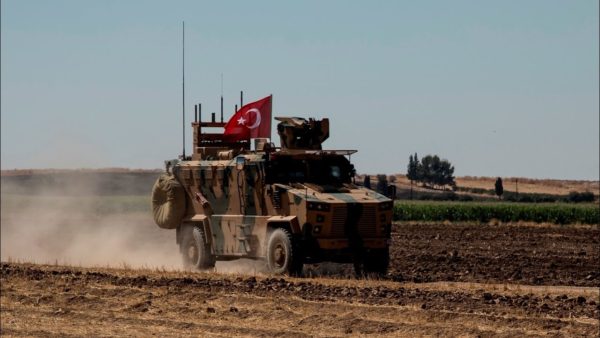
With Turkey in firm control of this strategic corner of Syria, Turkish President Recep Tayyip Erdogan flew to Moscow to confer with Russian President Vladimir Putin. In the last few years, Turkey, a member of NATO, has grown increasingly close to Russia, having purchased S-400 missile batteries from Moscow and increased its volume of trade with the Russians.
Russia is also cultivating relations with conservative Arab states. In whirlwind trips last month, Putin visited Saudi Arabia and the United Arab Emirates, two of Washington’s staunchest allies in the Arab world.
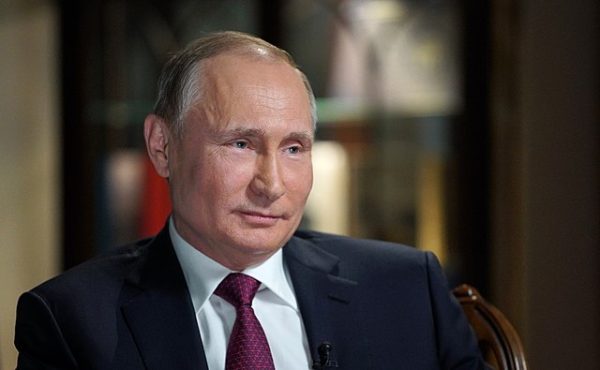
Amid these developments, the Trump administration froze a $105 million military aid package to the Lebanese army, citing its close cooperation with Hezbollah, which has been labelled as a terrorist organization by the United States. This led to speculation that Russia, and perhaps Iran, would exert greater clout in Lebanon, a nation that has always looked westward.
These interconnected events were signs of a significant shift in the Middle East. Fed up by the “endless wars” in the region that have cost the United States dearly in terms of lives and treasure, the Trump administration is stepping back and allowing Russia to fill the vacuum.
This does not mean, however, that Washington is pulling out of the Middle East altogether. Far from it.
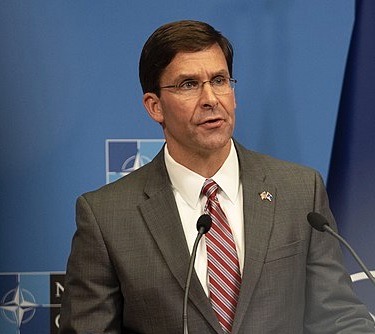
Last week, American Secretary of Defence Mark Esper announced that several hundred U.S. soldiers currently serving in Iraq had been sent to Syria to replace troops who had just been evacuated.
Their mission is two-fold: to guard oil fields in eastern Syria that could be targeted by Islamic State — which has largely been battered into submission in the past few years — and to block a land corridor in south-central Syria that Iran and pro-Iranian Shi’a militias have used to export weapons and munitions to the Syrian government and Hezbollah, the Lebanese militia which fought a month-long war with Israel in 2006.
As U.S. replacements poured into Syria, Washington dispatched 3,000 troops, as well as anti-missile batteries, to Saudi Arabia. This was done to bolster the kingdom’s defences in the wake of a devastating cruise missile strike on its oil production facilities in September. The attack is widely believed to have been carried out by Iran or the Houthis, its ally in Yemen.
The new American deployment raised to 45,000 to 65,000 the number of U.S. soldiers stationed in Saudi Arabia and the Persian Gulf. Upwards of 6,000 U.S. troops serve in Iraq, which the United States invaded in 2003. In addition, the United States positions small contingents of troops in Israel and Jordan and has rights to two air bases in Turkey, Incirlik and Izmir.
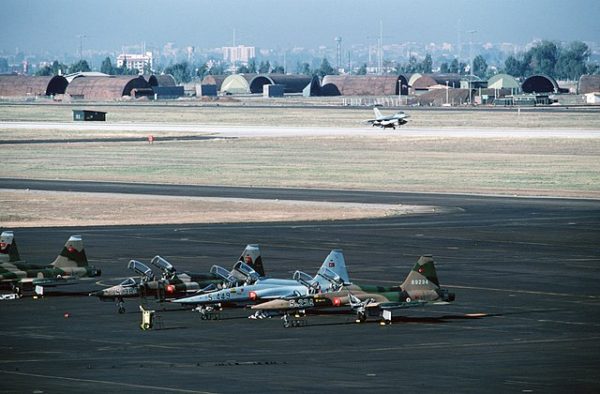
These bases underscore the power the United States is capable of projecting in the Middle East. But American influence is also reflected in the close bilateral relations Washington maintains with several key Mideast nations: Israel, Jordan, Egypt and Morocco. And the United States is still the biggest arms supplier to the Middle East.
But, as the Kurds discovered during the initial U.S. pullout from Syria, the United States is not necessarily a trustworthy ally. Trump, in a phone conversation with Erdogan on October 6, betrayed the Kurds by giving Turkey tacit approval to invade Rojava, the autonomous belt of land along the Turkish-Syrian border controlled by the Syrian Democratic Forces, a coalition of Kurdish militias.
By sharp contrast, Russia has stood by the Syrian regime of President Bashar al-Assad through thick and thin. In 2015, when Syrian rebels seemed on the brink of winning the civil war that erupted four years earlier, Russia intervened on Assad’s side. Russia threw everything into the battle — aircraft, ground crews and advisors. And with the assistance of Iran and Hezbollah, the Russians turned the tide of the war decisively in Assad’s favor.
Assad has yet to declare victory, but thanks to Russia, he has survived. By comparison, the United States abandoned its longtime ally in Egypt, Hosni Mubarak, during the Arab Spring uprising in 2011.
In Syria, Russia is definitely the preeminent power broker, dealing deftly with the conflicting demands of two regional powers, Iran and Israel.
Iran, Israel’s deadliest enemy, seeks to entrench itself militarily in Syria and use it as platform from which to launch attacks against Israel. In response, Israel has launched hundreds of air raids against Iranian facilities in Syria and Syrian anti-aircraft batteries. Through de-confliction agreements with Israel, Russia has tolerated Israel’s bombing campaign, but occasionally has warned the Israeli government to cease these operations.
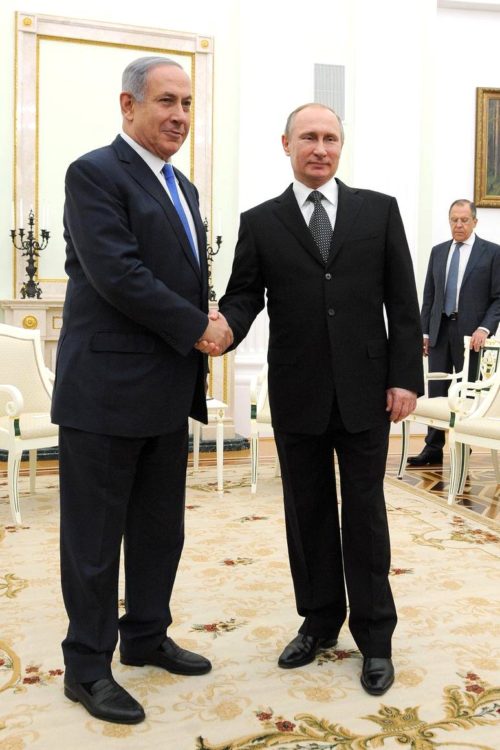
Russia’s comparative tolerance of Israeli raids speaks to the vast improvement in their relations since the end of the Cold War. Putin has visited Israel twice, in 2005 and 2012, and is planning a third trip in early 2020.
It’s a far cry from the days when Russia, the successor state of the Soviet Union, was hostile to Israel. Although Russia was the first nation to recognize Israel’s declaration of statehood in 1948, it turned against Israel in the early 1950s as it formed close ties with Arab countries like Syria, Egypt and Iraq and twice severed diplomatic relations with the Jewish state.
Russia triggered the 1967 Six Day War by falsely alleging that Israel was massing troops on its border with Syria, thereby setting off a chain of unintended consequences. During the subsequent War of Attrition along the Suez Canal, Israeli and Egyptian jets clashed in a dog fight during which Israel shot down five aircraft manned by Russian pilots. And during the 1973 Yom Kippur War, Moscow threatened to intervene on Egypt’s side, causing a showdown between the United States and the Soviet Union.
During this period, the Soviet Union strongly backed the Palestinian cause through its political endorsement and financial support of the Palestine Liberation Organization.
Russia’s presence in the Middle East goes back centuries.
Russia has historically played a salient role in the region due to its close proximity to the Middle East, its strategy to expand its borders, its zeal to protect Christian minorities, its desire to obtain fresh export markets, and its imperial quest for warm water ports in the Mediterranean basin.
Moscow’s influence in the Middle East reached its apogee in the 1970s and 1980s, when the Cold War raged. But with the collapse of communism in 1991, Russian influence waned, much to the benefit of the United States.
In recent years, as Putin has sought to make his country great again, Russia has reemerged as a serious regional player. Putin’s ambitions, plus Trump’s isolationist inclinations, have given Russia a golden opportunity to assert itself in the Middle East yet again.
